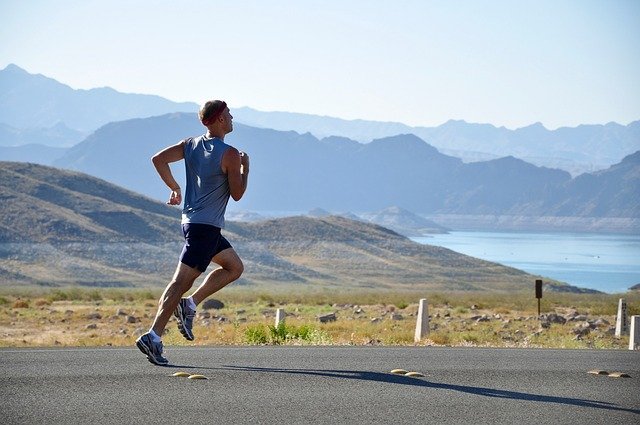Over the past year, more and more people have been picking up running as a sport due to restrictions and gym closures. You might be one of them! But have you been doing it properly? Lace up your shoes and read on to explore 3 simple running technique tips!
1. Do not let your knees touch or rub against each other while running
What does this mean?
Do you find yourself complaining of sore knees or legs due to friction after your run? Your knee position is an important factor to consider when thinking about your running technique and is often overlooked. Poor knee position while running can increase the likelihood of you developing knee pain and other running related injuries. The gap between the knees is also known as the ‘knee window.’
What does this do?
If your knees touch while running, it can increase the pressure through the inside of your knee. This may lead to knee pain which could prevent you from running. Another area of your body which may be irritated are your hips. It may be surprising to know that your knee position is controlled by your hips and ankles, and therefore if your knees are in the wrong position, this may irritate the other joints.
How can I improve this?
Next time you go for a run, take notice as to whether your knees are touching when you swing your leg through to take a step or have someone film you from behind so that you can observe this yourself. You should be able to see a small gap between your knees while running, also known as an ‘open knee window.’ If your knees are rubbing against each other, you would be unlikely to see a gap between your knees (‘closed knee window’). If your knees are touching, try to push your knees apart while running. Focusing on knee position can be a difficult, particularly as you fatigue. Instead, you can focus on your knee position for 30 seconds at a time.
2. Improve your step rate
What does this mean?
Step rate means the number of steps you take in one minute. This is commonly referred to as ‘cadence’. Your step rate will influence the speed of your run. When you run faster, your step rate will typically increase as you take more steps. When you run slower, you take fewer steps and therefore your step rate may reduce.
What does this do?
Step rate impacts the amount of force that goes through certain parts of your body when you run. Studies have shown that increasing your step rate greatly reduces the load going through your hip and knee joints. This will therefore make your running not only quicker and more efficient, but also reduce your risk of lower limb injuries from running.
How can I improve this?
Every runner is different, and some may find a higher step rate to be more comfortable, whereas other runners may prefer a lower step rate. To improve your step rate, you must firstly be aware of it. You can do this by either using a smart watch which is capable of measuring it or by counting the total number of steps that you take in 30 seconds, and then doubling this number to get the total for 60 seconds. Once you have this number, double it again to get the total for both feet which will give you your cadence. Once you have your cadence, you can now start to play around with higher or lower step rates and see how you feel.
3. Avoid slouching while running
What does this mean?
Sometimes runners may slouch their back, have their shoulders rounded forwards, and position their head in a downward looking position. The way your back is positioned while you run impacts how the pressure is dispersed throughout the whole body.
What it does?
Your back position changes how your body absorbs the pressure of running. For example, if you slouch too far forwards, your back muscles have to work harder to support you, and it may also place more pressure through your knees. Your back position can also influence your breathing and therefore being slouched over can lead to shortness of breath.
How can I improve this?
A commonly used cue to improve a runner’s back position is to ‘run tall’. Make sure your head looking forwards, your chest is puffed out and try to stay as tall as you can. Once again, this can be a tricky thing to focus on for an entire run. You can use technique-focused sessions to increase your awareness of your body and begin to make it more automatic when you are fatigued.
These running technique tips are simple but effective, making it easier to incorporate into your own runs. If you need more help, your physiotherapist can also help you identify areas that would be beneficial to work on and provide targeted training and drills that address specific areas.



